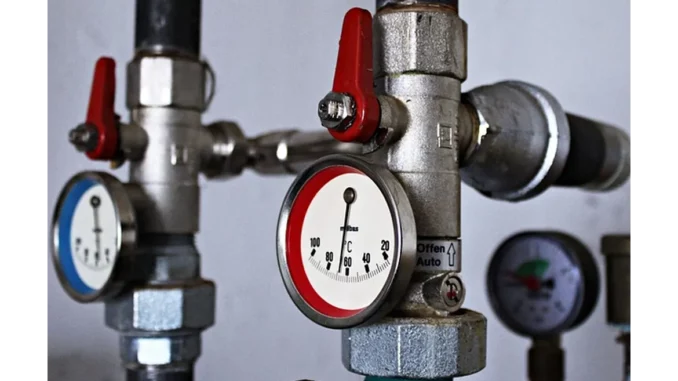
In a recent conversation with James Collins, a seasoned analyst at The Business Research Company, the depth of his expertise in the water-based heating and cooling systems market was evident. The release of the company’s latest report, “Water-Based Heating And Cooling Systems Global Market Report 2024 – Market Size, Trends, And Global Forecast 2024-2033,” comes at a critical juncture for the industry. Our discussion explored the complex landscape of this market, offering insights into its future direction.
Air quality is vital in planning. See how Focus360 Energy can assist.
James Collins shared that the water-based heating and cooling systems market is projected to grow significantly. The report indicates that the market, valued at $34.89 billion in 2024, is expected to reach $47.52 billion by 2028, with a compound annual growth rate (CAGR) of 8.0%. This robust growth is largely driven by the increasing demand for energy-efficient solutions and the pressure of stringent environmental regulations. As climate change concerns become more pressing, consumers and businesses alike are gravitating towards sustainable solutions, with water-based systems gaining traction due to their energy efficiency. Moreover, government incentives and rebate programmes are further catalysing the adoption of these systems.
Environmental regulations are a key factor influencing this market. Governments globally are enacting stricter standards to curb carbon emissions and promote sustainability. These regulations are compelling industries to embrace greener technologies. Water-based systems, which utilise water as a heat transfer medium, offer a more environmentally friendly alternative to traditional HVAC systems. This alignment with regulatory goals underscores the growing relevance of water-based solutions in the context of global sustainability efforts.
The construction industry also plays a pivotal role in the market’s expansion. With the surge in urbanisation and population growth, there is an increasing number of residential and commercial construction projects. Water-based heating and cooling systems are often preferred in these projects due to their cost-effectiveness and ability to provide consistent indoor climate control. This trend is particularly pronounced in densely populated urban areas where the urban heat island effect exacerbates the need for efficient climate control solutions.
Technological advancements are shaping the future of the water-based heating and cooling systems market. Companies are heavily investing in innovation to enhance energy efficiency and reduce environmental impact. The development of heat pumps, for instance, has been transformative. Heat pumps transfer heat rather than generate it, making them highly efficient and effective in reducing emissions. Such innovations are crucial for the evolution of the market, ensuring it meets the growing demand for sustainable technologies.
The market is competitive, with several key players at the forefront. Companies such as Samsung Electronics, LG Electronics, Panasonic Corporation, Midea Group, Mitsubishi Electric Corporation, and Daikin Industries Ltd. are leading the charge. These companies are not only expanding their product lines but also investing significantly in research and development to maintain their market positions. The focus on innovation and product diversification is essential for staying ahead in this rapidly evolving market.
Another important aspect of the market is its segmentation by components. Key components include heat pumps, convector heaters, radiators, boilers, chillers, air handling units (AHUs), cooling towers, and expansion tanks. Each component plays a crucial role in the efficient functioning of water-based systems. For instance, chillers are vital for cooling, while boilers are essential for heating. Understanding these segments provides a comprehensive view of the market and the various opportunities it presents.
Geographically, North America currently dominates the market, driven by advanced infrastructure and a high demand for energy-efficient systems. However, the Asia-Pacific region is expected to be the fastest-growing market during the forecast period. Rapid urbanisation, burgeoning construction activities, and increasing awareness of energy efficiency in countries like China and India are key factors propelling this growth. The dynamic nature of these regions presents significant opportunities for market expansion.
In summary, the water-based heating and cooling systems market is on the cusp of substantial growth, fuelled by regulatory pressures, technological advancements, and a rising demand for sustainable solutions. The comprehensive analysis provided in the latest report by The Business Research Company offers valuable insights, helping stakeholders navigate the current trends and future opportunities in the market. As the industry evolves, those who remain informed and adaptable are likely to thrive in this burgeoning market.


Be the first to comment